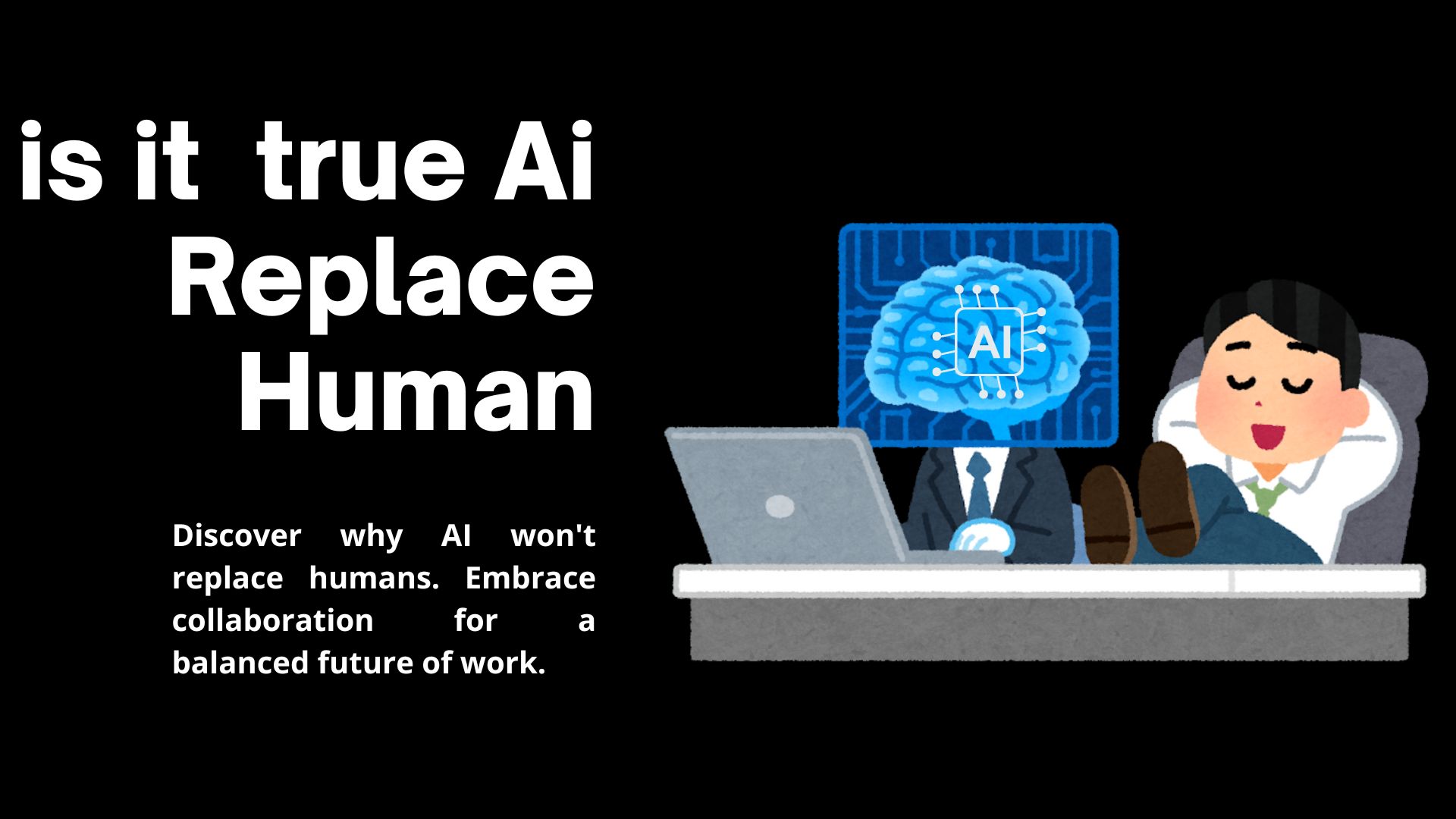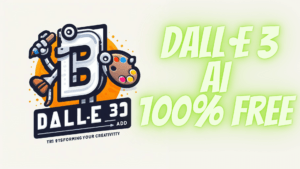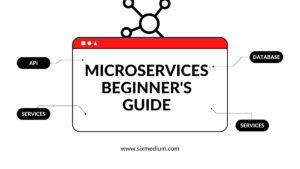Introduction:
As AI continues its rapid growth, there’s a prevailing fear that it will completely replace human workers. However, I believe that while AI may reduce certain job roles, it will never entirely replace the unique abilities of humans. Instead, we should focus on integrating AI into our workflow to enhance efficiency and productivity.
Embracing Collaboration Over Replacement:
Rather than viewing AI as a threat, we should see it as a tool to augment human capabilities. By leveraging AI technologies, we can streamline repetitive tasks, allowing humans to focus on more meaningful and creative work.
Efficiency Through Integration:
The key to survival in a world increasingly influenced by AI is learning how to effectively integrate it into our work processes. This means understanding the capabilities of AI systems and harnessing them to complement human skills, rather than viewing them as substitutes.
Preserving Human Ingenuity:
One aspect where humans excel is in our ability to think creatively and solve complex problems. While AI can analyze vast amounts of data and perform tasks at incredible speeds, it lacks the intuition and imagination that humans possess. By preserving and nurturing these qualities, we ensure that humans remain indispensable in the workforce.
Adapting to Change:
The rise of AI necessitates a shift in how we approach work. Instead of fearing job displacement, we should embrace the opportunity to adapt and learn new skills. By staying adaptable and open-minded, we can thrive in a constantly evolving technological landscape.
Preserving Human Interaction:
One crucial aspect that AI cannot fully replicate is the richness of human interaction. Whether it’s providing emotional support, building relationships, or fostering trust, humans excel in creating meaningful connections that are essential in various professional settings.
Ethical Considerations:
Another dimension to consider is the ethical implications of relying solely on AI. Humans possess the capacity for moral reasoning and empathy, which are indispensable in making ethical decisions, especially in sensitive fields such as healthcare, law enforcement, and social services.
Cultural and Social Context:
Furthermore, human intelligence is deeply intertwined with cultural and social contexts, shaping our values, beliefs, and identities. AI lacks the cultural understanding and contextual awareness that humans possess, making it challenging to navigate diverse and dynamic social landscapes without human oversight.
Continuous Learning and Adaptation:
Moreover, human intelligence is characterized by its capacity for continuous learning and adaptation. While AI systems can be trained to perform specific tasks, they lack the ability to learn and grow in the same organic manner as humans. This adaptability is crucial in rapidly changing environments where new challenges emerge regularly.
Embracing Collaboration for Mutual Growth:
Ultimately, the future lies in embracing collaboration between humans and AI, leveraging the strengths of each to achieve mutual growth and advancement. By recognizing the complementary nature of human and artificial intelligence, we can create a harmonious balance where both entities coexist and thrive.
Closing Thoughts:
As we navigate the ever-evolving landscape of technology and automation, let’s remember that AI is not a substitute for human ingenuity but a tool to enhance our capabilities. By harnessing the power of collaboration, we can shape a future where humans and AI work hand in hand to address complex challenges and create a more prosperous and equitable society.
Conclusion:
In conclusion, the assertion that AI will never replace humans holds true when we consider the multidimensional nature of human intelligence. Despite the rapid advancements in AI technology, there are fundamental aspects of human cognition and creativity that cannot be replicated by machines.



